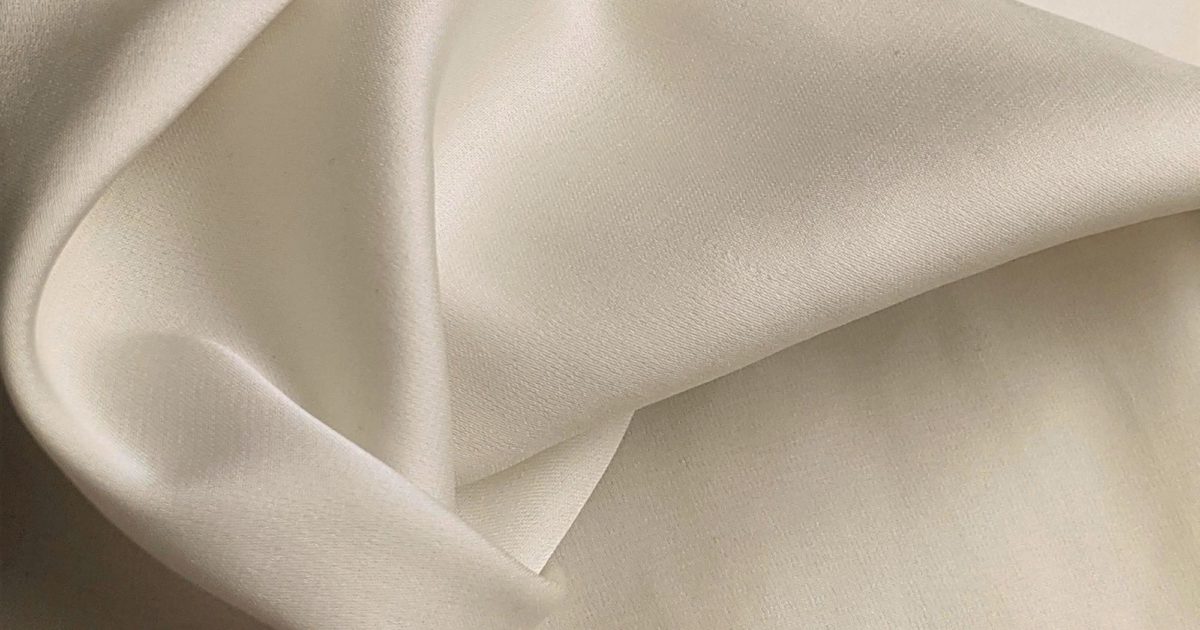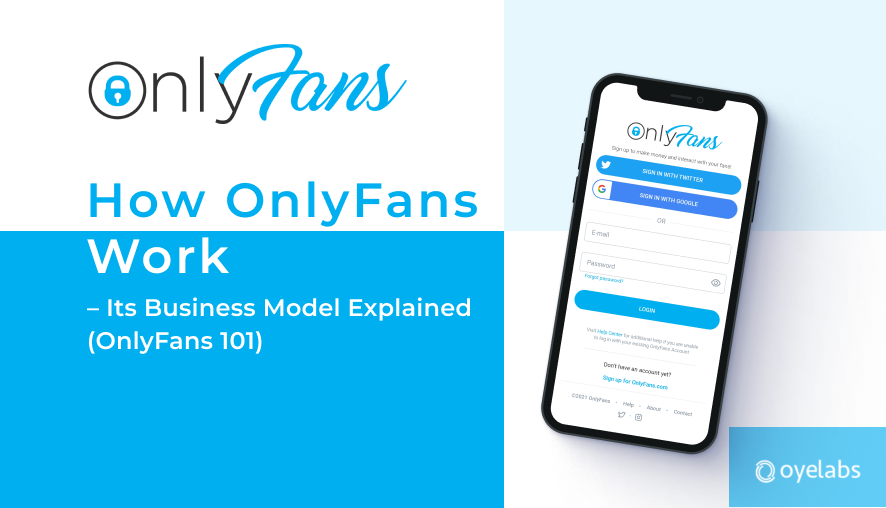
What Is Cupro: A Comprehensive Guide
Introduction
In the world of textiles and fabrics, innovation is key. One such innovation that has been making waves in recent years is Cupro. But what exactly is Cupro, and why should you care? In this detailed guide, we will delve deep into the world of Cupro, exploring its origin, production process, applications, and much more. So, grab a cup of your favorite beverage and let’s embark on this fascinating journey to uncover the secrets of Cupro.
What Is Cupro?
Cupro, short for cuprammonium rayon, is a unique and versatile semi-synthetic fiber. It is derived from cellulose, primarily from cotton linter or the short, downy fibers that adhere to the seeds of the cotton plant. What sets Cupro apart is its exceptional drape, breathability, and luxurious feel. It’s often used as a substitute for silk due to its similar characteristics, making it a sought-after choice for designers and fashion enthusiasts.
The Production Process
To truly understand Cupro, we need to dive into its production process. Let’s break it down step by step:
1. Dissolution
The journey of Cupro begins with dissolving the cellulose fibers from cotton linter in a solution of cuprammonium hydroxide. This process results in the creation of a viscous, honey-like substance.Cupro is a fabric made from regenerated cellulose fibers, primarily derived from cotton linter or wood pulp. It is sometimes referred to as “cupro” or “cuprammonium rayon.” Cupro is known for its silky and smooth texture, which closely resembles the feel of natural silk. It is often used in the fashion industry to create lightweight, breathable, and luxurious fabrics for clothing such as dresses, blouses, and lining materials.
2. Filtration
After dissolution, the solution is filtered to remove any impurities or undissolved particles. This step ensures the purity of the Cupro solution.
3. Spinnerets
The filtered solution is then forced through spinnerets, which are fine nozzles, to create long filaments. These filaments are then soaked in a sulfuric acid bath to convert them into solid fibers.
4. Washing and Spinning
The newly formed fibers are thoroughly washed to remove any remaining chemicals. They are then spun into yarn, ready to be woven into various textiles.
Applications of Cupro
Cupro’s versatility extends to its numerous applications across various industries:
1. Fashion Industry
Cupro’s silky appearance and soft touch make it a favored choice for high-end fashion garments such as dresses, blouses, and suits. Its breathability adds to its appeal, ensuring comfort even in warmer weather.
2. Home Textiles
Cupro isn’t limited to clothing; it has found its way into home textiles as well. Bedsheets, pillowcases, and curtains made from Cupro offer a luxurious touch to your living space.
3. Medical Textiles
In the medical field, Cupro’s hypoallergenic properties make it suitable for applications like wound dressings and bandages. Its smooth texture is gentle on the skin.
4. Industrial Uses
Cupro’s moisture control capabilities find use in industrial settings, particularly in the production of filters and polishing cloths.

5. Accessories
Accessories such as scarves, ties, and handkerchiefs benefit from Cupro’s elegant appearance and comfort.Cupro has several desirable qualities, including its ability to drape well, its moisture-wicking properties, and its comfortable wearability. It is also known for its excellent color retention, which allows it to take on vibrant dyes and maintain their intensity over time. Cupro fabrics are often used as an alternative to silk, offering a similar look and feel while being more sustainable and affordable.
Environmental Benefits
Cupro isn’t just about aesthetics and comfort; it also boasts some notable environmental advantages:
- Biodegradability: Cupro is biodegradable, meaning it can break down naturally over time, reducing environmental impact.
- Renewable Source: Derived from cotton linter, which is a byproduct of cotton production, Cupro makes efficient use of resources.
- Closed-Loop Production: Some Cupro manufacturers employ closed-loop production systems that recycle solvents and minimize waste.
FAQs
Is Cupro environmentally friendly?
Yes, Cupro is considered environmentally friendly due to its Guide biodegradability and use of renewable resources.
Can Cupro be used for activewear?
While Cupro is breathable and comfortable, it may not be the best choice for activewear due to its moisture-absorbing properties.
How do I care for Cupro garments?
Caring for Cupro is relatively easy. Hand wash or use a delicate cycle, and avoid high heat when drying to maintain its softness and luster.
Is Cupro more sustainable than silk?
Cupro is often touted as a sustainable alternative to silk Guide, as it offers similar qualities without the need for silkworms.
Can I dye Cupro fabric?
Yes, Cupro can be dyed, and it retains color well, resulting in vibrant and long-lasting hues.
Where can I purchase Cupro products?
Cupro products are available in high-end boutiques, department stores, and online retailers. Look for reputable brands for quality assurance.
Conclusion
In conclusion, Cupro is a remarkable semi-synthetic fiber that combines luxury, comfort, and sustainability. Its wide range of applications, from fashion to medical textiles, makes it a versatile choice for those seeking both style and conscientiousness. As we move towards a more eco-conscious world, Cupro stands as a shining example of innovation that benefits both consumers and the planet.In summary, cupro is a textile material made from regenerated cellulose fibers, offering a silky texture and used in various fashion applications.
So Guide, whether you’re shopping for a new wardrobe addition or considering sustainable textiles for your home, keep an eye out for Cupro .

